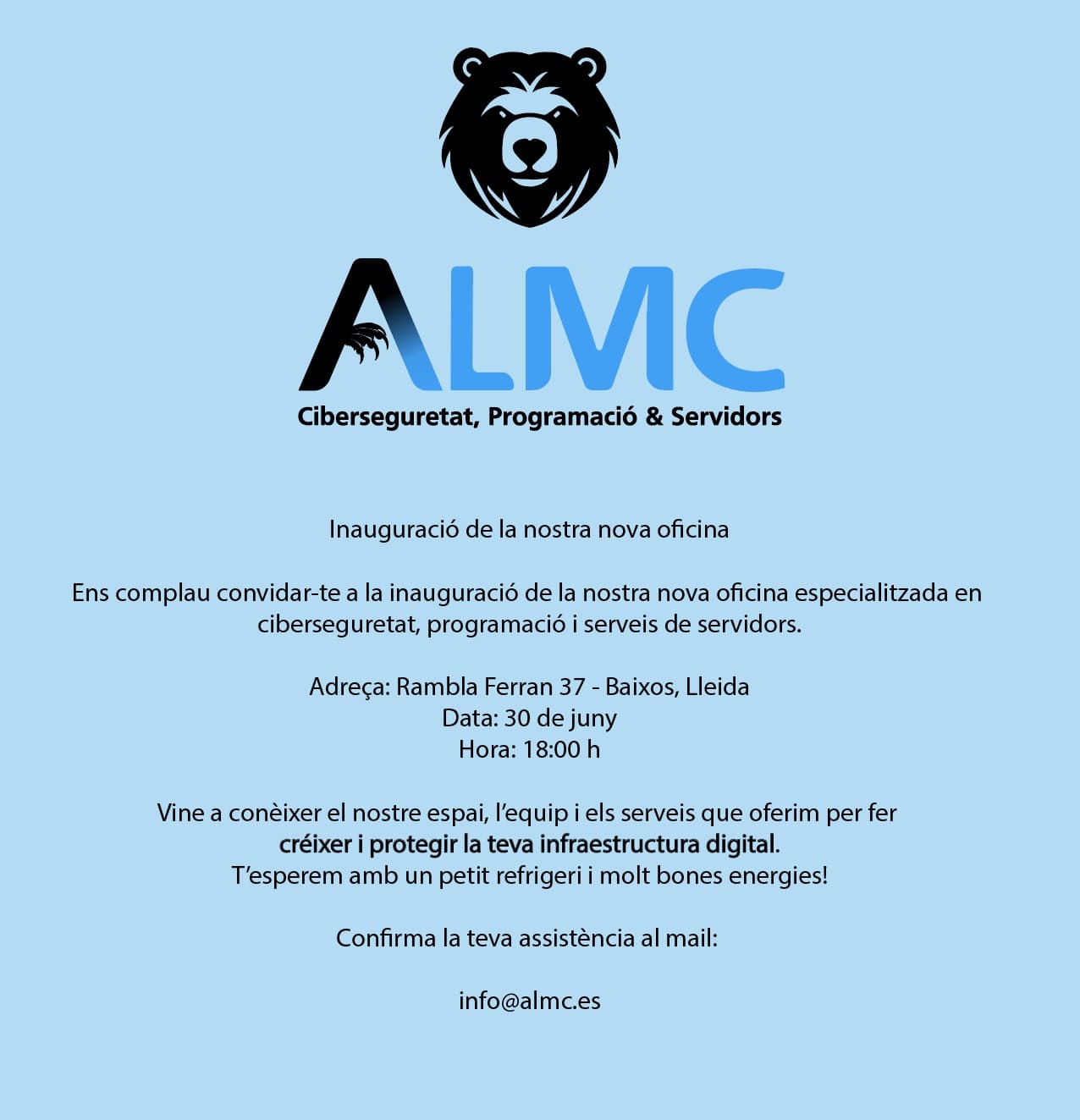Text-to-GraphQL MCP Server
Transform natural language queries into GraphQL queries using an MCP (Model Context Protocol) server that integrates seamlessly with AI assistants like Claude Desktop and Cursor.

🚀 Overview
The Text-to-GraphQL MCP Server converts natural language descriptions into valid GraphQL queries using an AI agent built with LangGraph. It provides a bridge between human language and GraphQL APIs, making database and API interactions more intuitive for developers and non-technical users alike.
✨ Features
- Natural Language to GraphQL: Convert plain English queries to valid GraphQL
- Schema Management: Load and introspect GraphQL schemas automatically
- Query Validation: Validate generated queries against loaded schemas
- Query Execution: Execute queries against GraphQL endpoints with authentication
- Query History: Track and manage query history across sessions
- MCP Protocol: Full compatibility with Claude Desktop, Cursor, and other MCP clients
- Error Handling: Graceful error handling with detailed debugging information
- Caching: Built-in caching for schemas and frequently used queries
🛠 Installation
Prerequisites: Install UV (Recommended)
UV is a fast Python package installer and resolver. Install it first:
macOS/Linux:
curl -LsSf https://astral.sh/uv/install.sh | sh
Windows:
powershell -c "irm https://astral.sh/uv/install.ps1 | iex"
Find your UV installation path:
# Find where uv is installed
which uv
# Common locations:
# macOS/Linux: ~/.local/bin/uv
# Windows: %APPDATA%\uv\bin\uv.exe
Important: You'll need the UV path for MCP configuration. The typical path is
~/.local/binon macOS/Linux, which translates to/Users/yourusername/.local/bin(replaceyourusernamewith your actual username).
Setup for MCP Usage
# Clone the repository
git clone https://github.com/Arize-ai/text-to-graphql-mcp.git
cd text-to-graphql-mcp
# Install dependencies (UV automatically creates virtual environment)
uv sync
# Test the installation
uv run text-to-graphql-mcp --help
Note: The
uv runpattern automatically handles virtual environments, making MCP configuration cleaner and more reliable than traditional pip installations.
Alternative Installation Methods
From PyPI (when published):
pip install text-to-graphql-mcp
Development Setup:
# For contributing to the project
uv sync --dev
🏃♂️ Quick Start
1. Configure with Cursor (Recommended)
Add to your .cursor/mcp.json:
{
"text-to-graphql": {
"command": "uv",
"args": [
"--directory",
"/path/to/text-to-graphql-mcp",
"run",
"text-to-graphql-mcp"
],
"env": {
"PATH": "/path/to/uv/bin:/usr/bin:/bin",
"OPENAI_API_KEY": "your_openai_api_key_here",
"GRAPHQL_ENDPOINT": "https://your-graphql-api.com/graphql",
"GRAPHQL_API_KEY": "your_api_key_here",
"GRAPHQL_AUTH_TYPE": "bearer"
}
}
}
Important Setup Notes:
- Replace
/path/to/text-to-graphql-mcpwith the actual path to your cloned repository- Replace
/path/to/uv/binwith your actual UV installation path (typically/Users/yourusername/.local/binon macOS)- The
PATHenvironment variable is required for MCP clients to find theuvcommand
2. Configure with Claude Desktop
Add to your Claude Desktop MCP configuration file:
macOS:~/Library/Application Support/Claude/claude_desktop_config.jsonWindows:%APPDATA%\Claude\claude_desktop_config.json
{
"mcpServers": {
"text-to-graphql": {
"command": "uv",
"args": [
"--directory",
"/path/to/text-to-graphql-mcp",
"run",
"text-to-graphql-mcp"
],
"env": {
"PATH": "/path/to/uv/bin:/usr/bin:/bin",
"OPENAI_API_KEY": "your_openai_api_key_here",
"GRAPHQL_ENDPOINT": "https://your-graphql-api.com/graphql",
"GRAPHQL_API_KEY": "your_api_key_here",
"GRAPHQL_AUTH_TYPE": "bearer"
}
}
}
}
Setup Instructions:
- Find your UV path: Run
which uvin terminal (typically/Users/yourusername/.local/bin/uv)- Set the PATH: Use the directory containing
uv(e.g.,/Users/yourusername/.local/bin)- Replace paths: Update both the
--directoryargument andPATHenvironment variable with your actual paths- Add your API keys: Replace the placeholder values with your actual API keys
3. Common UV Path Examples
# Find your UV installation
which uv
# Common paths by OS:
# macOS: /Users/yourusername/.local/bin/uv
# Linux: /home/yourusername/.local/bin/uv
# Windows: C:\Users\yourusername\AppData\Roaming\uv\bin\uv.exe
# For MCP config, use the directory path:
# macOS: /Users/yourusername/.local/bin
# Linux: /home/yourusername/.local/bin
# Windows: C:\Users\yourusername\AppData\Roaming\uv\bin
4. Alternative: Use Environment Variables
If you prefer using a .env file (useful for local development):
# Required
OPENAI_API_KEY=your_openai_api_key_here
GRAPHQL_ENDPOINT=https://your-graphql-api.com/graphql
GRAPHQL_API_KEY=your_api_key_here
# Optional - Authentication method (bearer|apikey|direct)
GRAPHQL_AUTH_TYPE=bearer
# Optional - Model settings
MODEL_NAME=gpt-4o
MODEL_TEMPERATURE=0
Then use a simplified MCP configuration (still requires PATH):
{
"text-to-graphql": {
"command": "uv",
"args": [
"--directory",
"/path/to/text-to-graphql-mcp",
"run",
"text-to-graphql-mcp"
],
"env": {
"PATH": "/path/to/uv/bin:/usr/bin:/bin"
}
}
}
5. Run the MCP Server (Optional - for testing)
# Run the server directly for testing
text-to-graphql-mcp
# Or run as a module
python -m text_to_graphql_mcp.mcp_server
🔧 Usage
Available MCP Tools
generate_graphql_query
Convert natural language to GraphQL queries.
Input: "Get all users with their names and emails"
Output: query { users { id name email } }
validate_graphql_query
Validate GraphQL queries against the loaded schema.
execute_graphql_query
Execute GraphQL queries and return formatted results.
get_query_history
Retrieve the history of all queries in the current session.
get_query_examples
Get example queries to understand the system's capabilities.
Example Interactions
Natural Language Input:
"Show me all blog posts from the last week with their authors and comment counts"
Generated GraphQL:
query {
posts(where: { createdAt: { gte: "2024-06-05T00:00:00Z" } }) {
id
title
content
createdAt
author {
id
name
email
}
comments {
id
}
_count {
comments
}
}
}
🐳 Deploying with Docker
💡 Key Concept: When using Docker with MCP clients (Claude/Cursor), environment variables are set during container startup (
docker run), not in the MCP client configuration. The MCP clients simply connect to the already-running container.
Building the Docker Image
# Clone the repository
git clone https://github.com/Arize-ai/text-to-graphql-mcp.git
cd text-to-graphql-mcp
# Build the Docker image
docker build -t text-to-graphql-mcp .
Running the Container
Method 1: Using Environment Variables Directly
docker run -d \
--name text-to-graphql-mcp \
-p 8000:8000 \
-e OPENAI_API_KEY="your_openai_api_key_here" \
-e GRAPHQL_ENDPOINT="https://your-graphql-api.com/graphql" \
-e GRAPHQL_API_KEY="your_api_key_here" \
-e GRAPHQL_AUTH_TYPE="bearer" \
-e MODEL_NAME="gpt-4o" \
text-to-graphql-mcp
Method 2: Using an Environment File
Create a .env file:
OPENAI_API_KEY=your_openai_api_key_here
GRAPHQL_ENDPOINT=https://your-graphql-api.com/graphql
GRAPHQL_API_KEY=your_api_key_here
GRAPHQL_AUTH_TYPE=bearer
MODEL_NAME=gpt-4o
MODEL_TEMPERATURE=0
Run the container:
docker run -d \
--name text-to-graphql-mcp \
-p 8000:8000 \
--env-file .env \
text-to-graphql-mcp
Method 3: Using Docker Compose
Create a docker-compose.yml file:
version: '3.8'
services:
text-to-graphql-mcp:
build: .
container_name: text-to-graphql-mcp
ports:
- "8000:8000"
environment:
- OPENAI_API_KEY=${OPENAI_API_KEY}
- GRAPHQL_ENDPOINT=${GRAPHQL_ENDPOINT}
- GRAPHQL_API_KEY=${GRAPHQL_API_KEY}
- GRAPHQL_AUTH_TYPE=${GRAPHQL_AUTH_TYPE:-bearer}
- MODEL_NAME=${MODEL_NAME:-gpt-4o}
- MODEL_TEMPERATURE=${MODEL_TEMPERATURE:-0}
- API_HOST=0.0.0.0 # Important: bind to all interfaces in container
restart: unless-stopped
healthcheck:
test: ["CMD", "curl", "-f", "http://localhost:8000/health"]
interval: 30s
timeout: 10s
retries: 3
Then run:
# Start the service
docker-compose up -d
# View logs
docker-compose logs -f
# Stop the service
docker-compose down
Using Docker with MCP Clients
When running the MCP server in Docker, you need to use docker exec to communicate with the container:
Important: The environment variables (OPENAI_API_KEY, GRAPHQL_ENDPOINT, etc.) must be set when you first run the container using one of the methods above. The MCP client configurations below only connect to an already-running container.
Step 1: First, ensure your container is running with environment variables
# Example: Make sure the container is running with your environment variables
docker run -d \
--name text-to-graphql-mcp \
-p 8000:8000 \
--env-file .env \
text-to-graphql-mcp
# Verify the container is running
docker ps | grep text-to-graphql-mcp
Step 2: Configure Cursor
Add to .cursor/mcp.json:
{
"text-to-graphql": {
"command": "docker",
"args": [
"exec",
"-i",
"text-to-graphql-mcp",
"uv",
"run",
"python",
"-m",
"src.text_to_graphql_mcp.mcp_server"
]
}
}
Step 2: Configure Claude Desktop
Add to your Claude Desktop configuration:
{
"mcpServers": {
"text-to-graphql": {
"command": "docker",
"args": [
"exec",
"-i",
"text-to-graphql-mcp",
"uv",
"run",
"python",
"-m",
"src.text_to_graphql_mcp.mcp_server"
]
}
}
}
Note: The MCP client configurations don't need environment variables because they're connecting to a container that already has them set. If you restart the container, make sure to include the environment variables again.
🏗 Architecture
The system uses a multi-agent architecture built with LangGraph:
- Intent Recognition: Understands what the user wants to accomplish
- Schema Management: Loads and manages GraphQL schema information
- Query Construction: Builds GraphQL queries from natural language
- Query Validation: Ensures queries are valid against the schema
- Query Execution: Executes queries against the GraphQL endpoint
- Data Visualization: Provides recommendations for visualizing results
⚙️ Configuration
Environment Variables
| Variable | Description | Default |
|---|---|---|
OPENAI_API_KEY | OpenAI API key for LLM operations | Required |
GRAPHQL_ENDPOINT | GraphQL API endpoint URL | Required |
GRAPHQL_API_KEY | API key for your GraphQL service | Required |
GRAPHQL_AUTH_TYPE | Authentication method: bearer, apikey, or direct | bearer |
GRAPHQL_HEADERS | Custom headers as JSON (overrides auto-auth) | {} |
MODEL_NAME | OpenAI model to use | gpt-4o |
MODEL_TEMPERATURE | Model temperature for responses | 0 |
API_HOST | Server host address | 127.0.0.1 |
API_PORT | Server port | 8000 |
RECURSION_LIMIT | Max recursion for agent workflow | 10 |
Authentication Types
bearer(default): UsesAuthorization: Bearer <token>- standard for most GraphQL APIsapikey: UsesX-API-Key: <key>- used by some APIs like Arizedirect: UsesAuthorization: <token>- direct token without Bearer prefix- Custom: Set
GRAPHQL_HEADERSto override with any custom authentication format
Common GraphQL API Examples
GitHub GraphQL API:
GRAPHQL_ENDPOINT=https://api.github.com/graphql
GRAPHQL_API_KEY=ghp_your_github_personal_access_token
GRAPHQL_AUTH_TYPE=bearer
Shopify GraphQL API:
GRAPHQL_ENDPOINT=https://your-shop.myshopify.com/admin/api/2023-10/graphql.json
GRAPHQL_API_KEY=your_shopify_access_token
GRAPHQL_AUTH_TYPE=bearer
Arize GraphQL API:
GRAPHQL_ENDPOINT=https://app.arize.com/graphql
GRAPHQL_API_KEY=your_arize_developer_api_key
# Auth type auto-detected for Arize
Hasura:
GRAPHQL_ENDPOINT=https://your-app.hasura.app/v1/graphql
GRAPHQL_HEADERS={"x-hasura-admin-secret": "your_admin_secret"}
🔍 Observability & Agent Development
Want to build better AI agents quickly? Check out Arize Phoenix - an open-source observability platform specifically designed for LLM applications and agents. Phoenix provides:
- Real-time monitoring of your agent's performance and behavior
- Trace visualization to understand complex agent workflows
- Evaluation frameworks for testing and improving agent responses
- Data quality insights to identify issues with your training data
- Cost tracking for LLM API usage optimization
Phoenix integrates seamlessly with LangChain and LangGraph (which this project uses) and can help you:
- Debug agent behavior when queries aren't generated correctly
- Monitor GraphQL query quality and success rates
- Track user satisfaction and query complexity
- Optimize your agent's prompt engineering
Get started with Phoenix:
pip install arize-phoenix
phoenix serve
Visit docs.arize.com/phoenix for comprehensive guides on agent observability and development best practices.
🧪 Development
Setup Development Environment
# Install development dependencies
uv pip install -e ".[dev]"
# Run tests
pytest
# Format code
black .
isort .
# Type checking
mypy src/
Project Structure
text-to-graphql-mcp/
├── src/text_to_graphql_mcp/ # Main package
│ ├── mcp_server.py # MCP server implementation
│ ├── agent.py # LangGraph agent logic
│ ├── config.py # Configuration management
│ ├── logger.py # Logging utilities
│ ├── tools/ # Agent tools
│ └── ...
├── tests/ # Test suite
├── docs/ # Documentation
├── pyproject.toml # Package configuration
└── README.md
🤝 Contributing
We welcome contributions! Please see our contributing guidelines for details.
- Fork the repository
- Create a feature branch (
git checkout -b feature/amazing-feature) - Commit your changes (
git commit -m 'Add some amazing feature') - Push to the branch (
git push origin feature/amazing-feature) - Open a Pull Request
📝 License
This project is licensed under the Elastic License 2.0 (ELv2) - see the LICENSE file for details.
🐛 Troubleshooting
Common Issues
"No module named 'text_to_graphql_mcp'"
- Ensure you've installed the package:
pip install text-to-graphql-mcp
"OpenAI API key not found"
- Set your
OPENAI_API_KEYenvironment variable - Check your
.envfile configuration
"GraphQL endpoint not reachable"
- Verify your
GRAPHQL_ENDPOINTURL - Check network connectivity and authentication
"Schema introspection failed"
- Ensure the GraphQL endpoint supports introspection
- Check authentication headers if required




